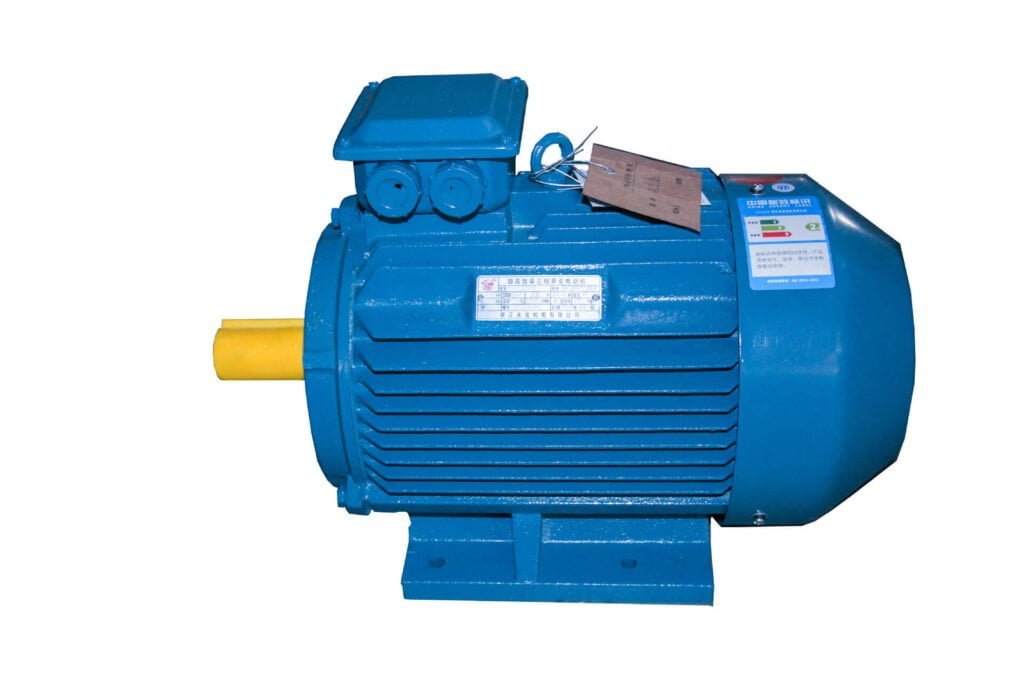Whether to choose ultra-efficient asynchronous motor
With the maturity of the market economic system in various countries, most enterprises are facing increasing competition in the globalized market. Among the various industrial costs, electricity cost has become the third or fourth largest cost after material cost and labor cost. Especially in some high-energy-consuming enterprises, the cost of electricity has become the most important cost. Motor energy consumption accounts for about 60%-70% of industrial energy consumption. Enterprises have great potential and demand for energy conservation, and it is imperative to reduce production costs through energy conservation and consumption reduction.

Whether to replace high-efficiency or ultra-efficient asynchronous motors, you can consider the following aspects:
1. During the entire operating cycle, the initial purchase cost of the motor is lower than the operating cost. The operating cost of the motor generally accounts for more than 90% of the total cost.
A motor with higher efficiency is also more expensive because it has a higher product quality and uses more materials, and the added cost depends on the type and power of the motor. The cost difference between IE1 and IE2 is 10% to 15%, and the cost between IE2 and IE3 will increase by another 10% to 15%. When comparing the efficiency of electric motors, the efficiency should not be compared only, but the power factor must also be taken into account.
2. Initial purchase cost. The initial purchase cost takes into account the design, installation and purchase price of the electric motor as well as additional equipment such as variable speed drives.
3. Operating costs. Operating costs consist of electricity bills, maintenance and repair costs. Electricity consumption is calculated according to the following three parts:
1) Average annual load rate;
2) The motor efficiency corresponding to the average load rate;

For fixed-speed motors, these parts can be estimated fairly accurately. For applications with motors with varying loads and possible variable speed drives, the calculation of the average load factor, the corresponding operating time and the efficiency of the motor plus the variable speed drive must be based on a typical load profile. In the absence of a load profile related to an existing system, an assumed average load profile can be used.
The cost of using electricity generally consists of the price of the electricity consumed (considering day/night, season and other tariffs), the cost of paying the peak load (kW) and the cost of power factor compensation (kVA). Regional differences in the above elements and structures of electricity costs, as well as discounting, taxes and future price increases over the motor’s predictable technical life cycle (how long the motor can run including repairs) must be taken into account.
4. Return time. The simple payback method is based on the reduced annual operating costs associated with the additional investment in higher efficiency electric motors (and possibly variable speed drives and other improvements). The user must understand the three elements of purchase price, annual operating time and electrical energy cost for electric motors and variable speed drives of different efficiency classes.
Users can calculate the running cost and compare the payback time of different recommended item samples, and choose the solution according to the shortest payback time.
5. Life cycle cost. In a life cycle cost analysis, the cost assumptions of all elements in three dimensions for different project samples are compared against the following benchmarks:
1) Initial purchase cost, planning cost and installation cost;
2) operating costs (electricity, maintenance and repairs);
3) The cost of dismantling and reuse after the end of service life.
In order to calculate correctly, a discount process analysis must take into account factors such as interest rates and price increases. Users must know the purchase price, annual operating hours, cost of electricity, expected life time, and average cost of maintenance and repair for electric motors and variable speed drives of different efficiency classes.




